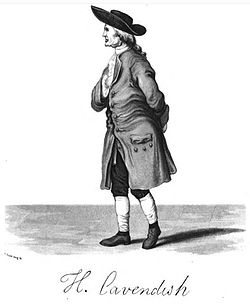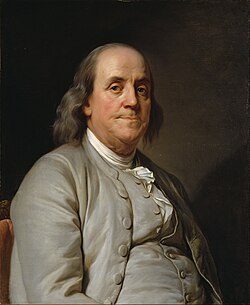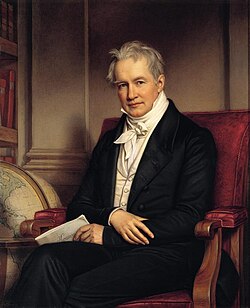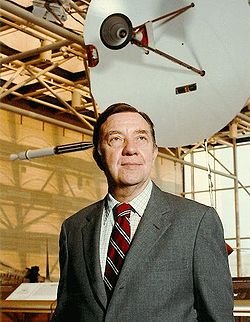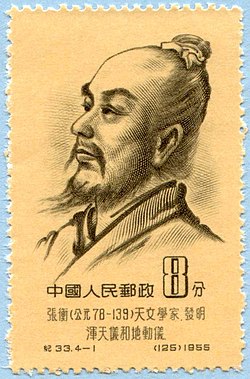
This is a list of geophysicists, people who made notable contributions to geophysics, whether or not geophysics was their primary field. These include historical figures who laid the foundations for the field of geophysics. [1] [2] [3] [4] More recently, some of the top awards for geophysicists are the Vetlesen Prize (intended to be the equivalent of a Nobel Prize for geology or geophysics); the William Bowie Medal (the top award of the American Geophysical Union); the Maurice Ewing Medal (the top award of the Society of Exploration Geophysicists); and the Crafoord Prize for geosciences. Some geophysicists have also won more general prizes such as the Nobel Prize and the Kyoto Prize.

